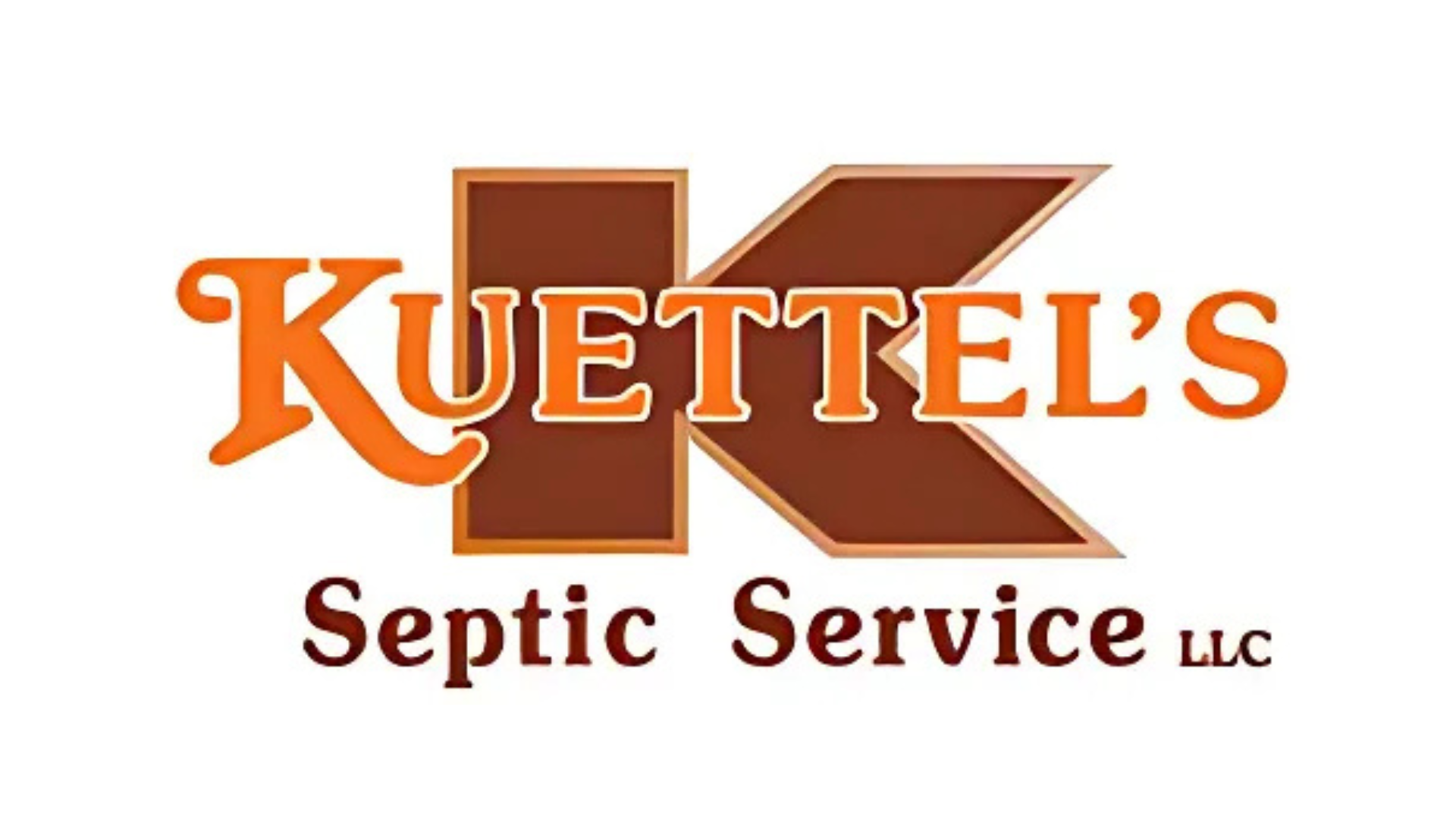When it comes to landscaping around your drainfield, keep in mind the damage that roots can do. They can get into the lines and begin to plug them, leading to serious drainage issues. While shrubs, trees, and vines are the biggest culprits, plants & flowers should also be researched before planting near your system. For anything being planted directly on the drainfield, you don’t want anything with a deep or wide root-system.
Below is a list of common flora that can be worth considering for planting near drainfields: Traditional lawn (seed or turf), eco-grass naturalized lawn/meadows, gladiolus, hyacinth, iris, lily, tulip, bleeding heart, forget-me-not, ferns (most), sedums, native mosses, violets, columbine, and poppies.
Slow-growing shrubs with a contained root system can usually be planted at a recommended distance from the drainfield: boxwood, rhododendron/azaleas
Trees with more vertical root growth can usually be planted at a recommended distance from the drainfield: cherry, crabapple, dogwood, maple (griseum, amur), Japanese snowbell.
Of course, this is not a full list of possible landscaping options. When considering landscaping near your septic system, it’s a good idea to talk to an experienced landscaper and see what they suggest. Remember, you are looking for plants and trees that don’t have wide, deep, or intrusive root-systems.
Based on the article “The Best Landscaping Options for Septic Drainfields” by Wynn Nielsen, Pumper Magazine.


181 Responses